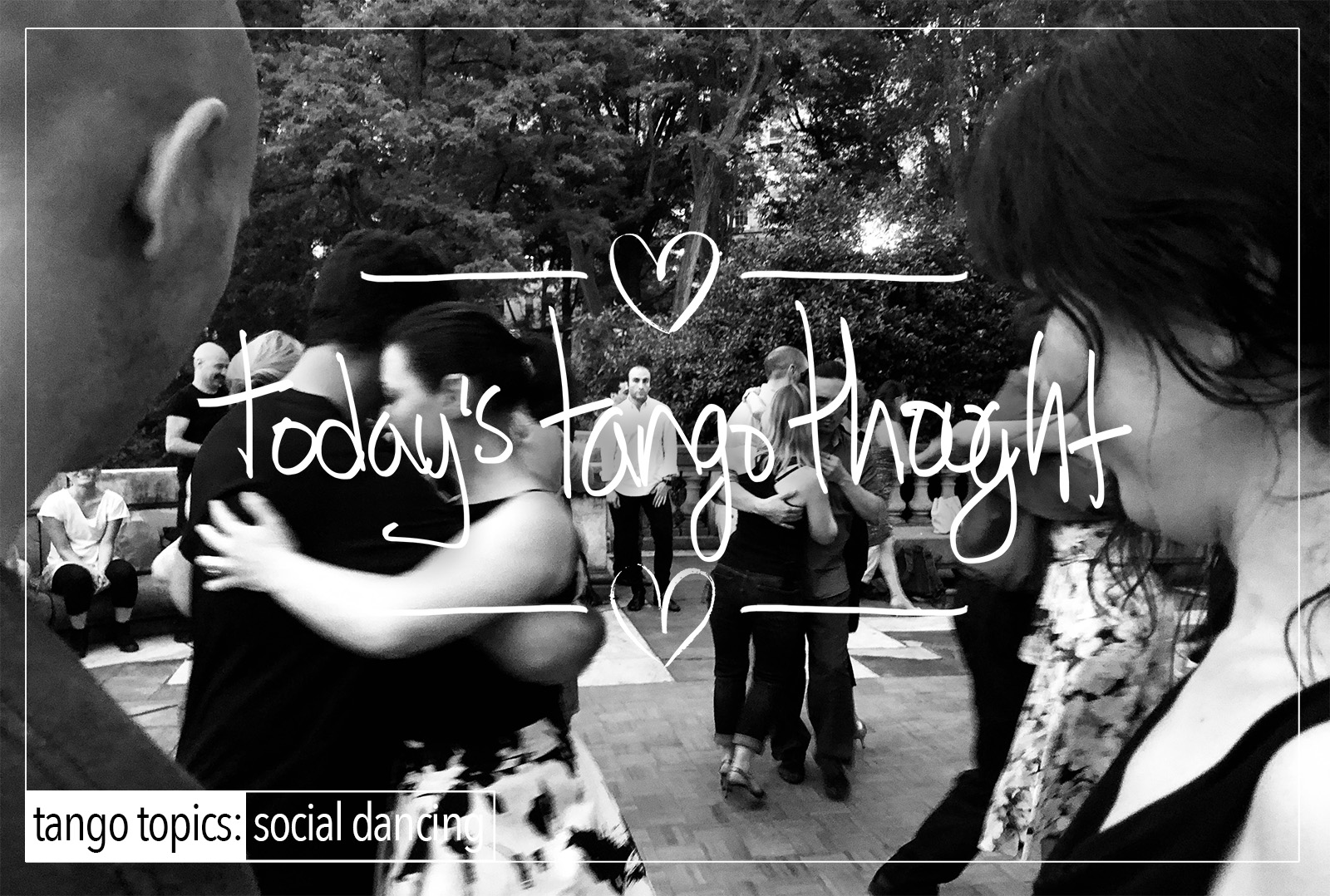You’ve been at your job for a while. You are constantly being told to “wait” for something. Whatever that ‘something; may be. An event, more instructions, an upper management decision, whatever it is…you must “wait”. While at the same time you are in constant doubt about your performance. Not to mention having 16 or 17 different ‘bosses’ telling you various and sundry things that sometimes apply to what you’re doing and more often than not don’t. Sometimes those ‘bosses’ give unclear instructions, or they micro-manage every aspect of your job. Every once in a while you get a boss that is clear, concise, and didn’t micro manage you. Which consequently gives you just enough hope that maybe you were doing things well enough. More than likely under these conditions you’d be a little apprehensive, trepidatious, and wary of screwing up. While at the same time apologizing for missteps that weren’t your own. Under these conditions it is very probable that you’d be planning your exit strategy depending on your life circumstances, but definitely planning your exit.
This is the state that nearly every Follower finds themselves in with every Lead (the 17 different ‘bosses’) with one overriding constant that quite literally hampers their abilities: “Wait for your L/lead“. This phrase is repeated so often in fact that nearly every Follower has a built in hesitation, as well as self-doubt that what they felt as the ‘lead’ to do ‘X’ may or may not have been there. So much so that half the time they’ll go on autopilot, and the other half, they’re having to read greek, while upside down, and reciting the greek text and translating it into Chinese on the fly, with the hopes that they got it right, sort of. Maybe ?
This is the premise of Today’s Tango Thought and the refrain of “Wait for your lead”.
What is Waiting Vs. Listening ? In it’s simplest form this comparison deals with the axiom of Followers are told to “Wait for your L/lead”, and instead implies that there is another idea sitting there that almost never gets talked about and in today’s Tango world almost never gets used, which is “Listening”.
Before we go any further, it’s important that you recognize the importance of that odd Capitalization/Lowercase word there > L/lead. “Lead” meaning the person that is acting as the initiator of an idea or a series of ideas in the dance. “lead” meaning the action that is being initiated. Note that it’s not “Leader“. A “Leader” is someone that is all about control. These characterizations are crucial to understanding the dichotomy between ‘waiting’ and this other idea of ‘listening’. (see > Definition of L/lead)
First, let’s talk a little about the “Waiting” part. Waiting means that you are in a passive state. That you have given up control of whatever it is that you are doing or want to do, and are at the mercy of time, fate, and whatever forces are acting upon you until the allotted time or event occurs. And at that juncture, there is usually a hesitation, a delay, to first recognize the event and then to act on the event or occurrence that is happening with the proper response. This is “Waiting” in it’s simplest form. It gets a bit more complicated and sticky later on, but that’s the gist of it.
Secondly, “Listening”. This idea is so foreign to so many people that will almost seem like wishful thinking. The easiest form of “Listening”, is taking in information, an active gathering of that information, active participation towards forming ideas. As it pertains to Argentine Tango, in context, we want to be actively be aware physiologically, intellectually, and kinesthetically of what is being initiated and then to act on it without hesitation. There is no lag, no delay, Listening is really about hyper physiological and kinesthetic awareness to the point of the slightest thought in a specific direction is already acted upon. This is Listening.
Now to the comparison > Waiting vs. Listening ? Waiting means that we’re giving up control to the event that has not occurred yet. “Listening” means that we maintain our control, and then goes one step further (no pun intended), that we become more proactive in our responses.
Ideally, it goes without saying, that one of these is more desirable than the other. Hint: It’s the Listening one in case you’re unclear.
Active Dancer or Passive Dancer ? Who’s running the show here ? Well actually if you read on…both are. There are multiple ways to co-create a dance, and for the era that these ideas came about, they were/are a reflection of the time period and the culture that they come from. In today’s world, the idea that the Follower doesn’t have a mind of their own and can and will want to be an active participant of the dance is right off the deep end. If you said that 20 or 30 years ago, if it weren’t for certain pioneers in the dance (Daniel Trenner, Rebecca Shulman, Eric Jorissen, just to name a few) you’d still be in that way of thinking about the dance.
To be clear, there are some folks that will want to adhere to traditionalist ways of dancing where the Follower quite literally gives up control and just ‘submits’. At the same time there isn’t a woman alive in the western world, that will tell you that they’re going to submit to some man simply because he expects it! So not going to happen, not in today’s world. Yes, to be fair there are dom/sub people in the world, but even that idea is predicated on idea of the woman actually having choice to begin with! They’re making a choice to be that way. And it’s also fair to say that some people don’t necessarily have a choice due to economic and/or political circumstances. Hence the reason why it was stated as ‘the western world’. So who’s running the show ? Quite honestly, both are. Read on as to why.
The Heresy Component. We have to address the implied heresy that’s sitting here before we go any further. There are some Leads in the world, that have been taught that the Follower is supposed to do. The Lead leads, and the Follower follows what was led. That is the order of things. And there is no middle ground. There is no discussion. There is no compromise. There is no Active or Passive Following. There is only the Follower executing what they were…ahem…’led’ (read that is ‘told’, then pushed, pulled, squeezed….think La Marca, constantly) to do. The heresy is in the implication of Listening itself. Listening implies that the Follower has a choice and that makes most Leaders (seriously, follow the damned link and then come back here) as nervous as a long-tailed cat in a room full of rocking chairs! Why ? Because they’re losing control over who does what and when! That’s why. The belief and refrain is that there’d be no one in charge. Follower’s with a choice ? Seriously ? Who the hell are you kidding ? That’s the Heresy part!
Not Just A Follower Thing. The mindset that this is all about the Follower is all wrong. It’s not just a Follower thing, it’s a dancer thing! Meaning ? That the Lead has to participate in the “Listening” mindset as well. They have to be aware that the Follower is in front of them (sometimes this is insanely difficult for them to do) and that the Follower is going to respond to whatever is initiated. Perhaps not always in a timely fashion, which may cause some consternation for some Leads (the person, not the action – uppercase “L“), but in a fashion that may require the lead (lowercase “l” meaning the action, and not the person) to modify, or to compensate for this new reality of where the couple finds itself at that moment. Typically this is the very heart of The Neurology of Leading – Where the Lead has to make a series of choices that a.) Keeps the partnership from harm. b.) Keeps the partnership moving. c.) Maintains the line, lane, and ronda of dance at all times. d.) Respects the beat, the musical pause, the musical paragraph, and lastly respects the rhythmical changes. e.) Creates some semblance of order or structure to their dance and doesn’t devolve in Repetition Tango. And f.) Respects the abilities of the Follower at all times and does not rush but invites and suggests without force, without pulling, without pushing, without the use of ones arms, hands, or head!
What this boils down to is that the Lead must create space for the Follower at all points along the curve of the dance. Tango, or at least its modern cognate, the emphasis is on the word ‘modern’, isn’t about the Lead any longer. And it’s not about the Follower either. It’s about the couple co-creating the dance. But that starts with the Lead’s mindset and allowing for the Follower to have some say in what’s going on.
Oddly enough most Leads do this already, they’re just not aware that they’re doing it. Whaaaaa ? Yup. You read that correctly. A good portion of Leads are already doing this and have been doing it for years. There are 4 common places where this occurs in the dance: 1.) The Argentine Cross. 2.) The Follower’s Molinete/The Lead’s Giro Structure. 3.) Traveling Ochos. Not Milonguero Ochos as those actually have to be led. And 4.) Walking!
How’s that ? Watch the video below, and you’ll begin to see that this stuff happens everywhere.https://www.youtube.com/embed/M-B6Y0xOe1U
We as Leads rely on the Follower’s default behavior instead of actually leading what is desired. The Lazy Man’s Turn is just one such aspect where this default behavior occurs.
The Garbled Lead. Today’s Tango Thought doesn’t even cover the Lead that quite seriously isn’t clear in their abilities. They’re muddy, unclear, haphazard, tentative, or all the above. Nor does it cover The Over-Zealous Lead (over-leads everything). Nor The Over-Excited Lead. Nor does it cover The Joystick Lead, nor The Pseudo Embrace Lead, Nor The Armpit Lead. All of which just complicates things and makes things more difficult to dance with on multiple levels.
The Unengaged Follower. It goes without saying that the Follower must be engaged, that they must pay attention. For some Followers, they find that this is not what they want to do. They want to just ‘let go‘ and just float in the Lead’s embrace, closing their eyes, and not really paying attention to whatever the Lead is doing. potenailly hanging on their Lead, which oddly enough some Leads enjoy. Further still they’ll hear this same refrain from a wide berth of Leads that tell them the same thing. “You must let go and…” which reinforces this idea of giving up control to the Lead. When the polar opposite is true. The dance actually becomes a dance when both parties are fully engaged, active, and aware. You can’t just turn off your mind and ‘let go‘. Tango requires that you be fully present, fully aware.
The Tango Topics Opinion. “The Follower does not wait for the lead, they listen!” Read that again. Seriously, read the statement again. It’s not what you think it is. Ok, you’ve read it, and it looks no different than the first time you were told to read it. And you flatly disagree with it. Everyone does, at first. First, you’ll argue that of course the Follower has to ‘wait’ because the Lead (the person) is in charge. Secondly, you’re going to think that there is no difference in the words,”Wait” and “Listen”, they’re basically the same. They’re not. Very different ideas. And thirdly, you’ll argue that this is a man’s dance.
Again, in a word…Ummmm…NOT!
Let’s get something straight right from the start here: This is not simple word replacement. It is a complete mindset differentiation! And unless you’re into that differentiation and both parties are participating in it, then not only are you on different wavelengths, you’re in different centuries!
The reality is that “Waiting” is something that happened for its day and time when the role of the Follower was to be an extension of the Lead’s mind, as if they were a marionette. This same marionette state also echoed the time period when Tango was coming of age. The role of women in the world was, shall we say, not what it is today. And still, even by this author’s standards, has a long way to go towards equality in many parts of the world, not just in Tango and not just the obvious places but even in the western world.
In today’s world, that marionette state is and has changed. Its already happened with the the 4 pieces of vocabulary mentioned before.
The core of nearly everything that Tango Topics talks about is: The Follower does have a choice, and a very important one at that! This is not just a dance for the MAN and the WOMAN Follows! Get that thought right out of your little Tango brain. The Follower can, and must, become an active participant in co-creating the dance. The problem is that most Leads either get persnickety with this idea, or they can not or will not allow for there to be space for the Follower to actually have a voice. Or they’re so wrapped up in their own reality that the idea and practice of the Follower having a voice, because they’re rushing from idea to idea, just doesn’t fit with their vision of the world that they find themselves in at that moment in time. Maybe later! And that, this author believes is a mistake. The reality is that the more that Lead engages in this idea of Listening and the more the Follower engages in this idea of Listening, that the dance becomes something else entirely. Something almost egalitarian, almost. A dance where there are no Leads or Follows, but rather….for lack of better language roles than: Speakers and Listeners.
In that world, the implication is that both roles have a voice, and have to listen to one another in order to have a conversation with each other. Which, oddly enough, is the whole point of this Today’s Tango Thought. It’s the starting point of changing that conversation towards being an actual conversation and not a Lead’s monologue, and not a Follower’s submission but rather a discussion in Tango.
The Practicality of Such a Thing. The reality is that this world is coming whether you want it to or not. As the mores of the day change and edge closer and closer towards gender equality and parity. The fact of the matter is that Tango will change along with those ideas. It will still retain bits and pieces of the constructs of Lead/ers and Followers. Those things will still be with us in 50 or a 100 years from now. But more than likely the form will change to accommodate what is being danced, what people want to dance, and how they want to dance it. And that reality is already taking place. More and more events are listing 50/50 dancers as an option that is enforced. More and more Men are learning the benefits of Following, which invariably transitions them to ‘Listening’ to their Followers. More women are learning the benefits of Leading and aren’t so put off by it. More dancers are accepting that the roles at the Milonga don’t have to be so rigid.
- Glossary: Neurology of Leading
- Glossary: Follower's Molinete
- Glossary: Milonguero Ocho
- Glossary: Default
- Glossary: Argentine Cross
- Glossary: Traveling Ocho
- Glossary: Lazy Man's Turn
- Glossary: Lead's Giro
- Glossary: Presentation Tango
- Glossary: Vocabulary
- Glossary: Constriction
- Glossary: La Marca
- Glossary: Pulling
- Glossary: Pushing
- Glossary: Walking
- Glossary: Leading
- Glossary: Milonga
- Glossary: Llead
- Glossary: Lead
- Glossary: Force
- Glossary: Molinete
- Glossary: Rigidity











